Class Trips
Walk in the footsteps of the greats
Florence
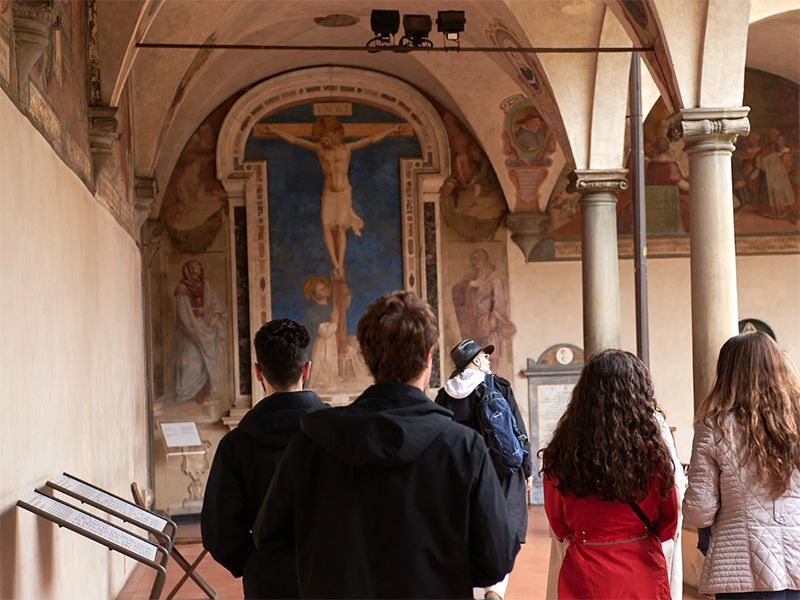
The Dominicans arrived in Florence in the early 1200s, taking over the remains of an ancient church, now known as Santa Maria Novella, which the Dominicans still run today. The works of Dominican renaissance painter Fra Angelico can be seen on the walls of the cells of Convento di San Marco.
Ravenna
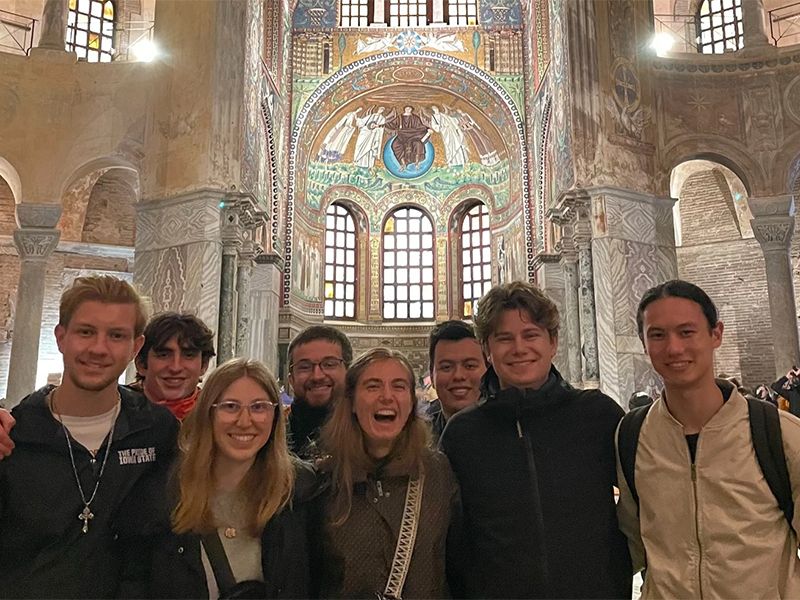
The capital city of the Western Roman Empire during the 5th century until its collapse in 476. Famous for its high concentration of mosaics.
Siena
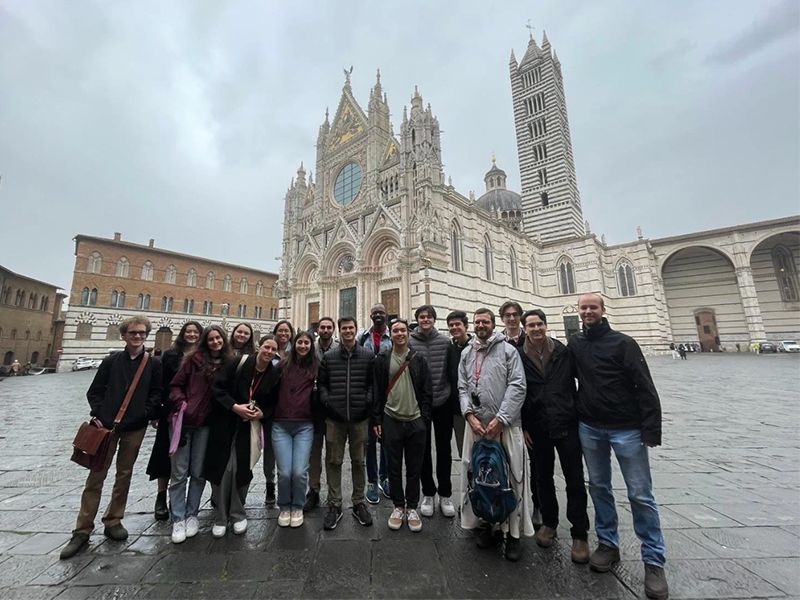
A beautiful, walkable city. You’ll visit the Basilica Cateriniana San Domenico where you can venerate St. Catherine of Siena’s skull. Check out the Basilica gift shop for Dominican rosaries and icons.
Bologna
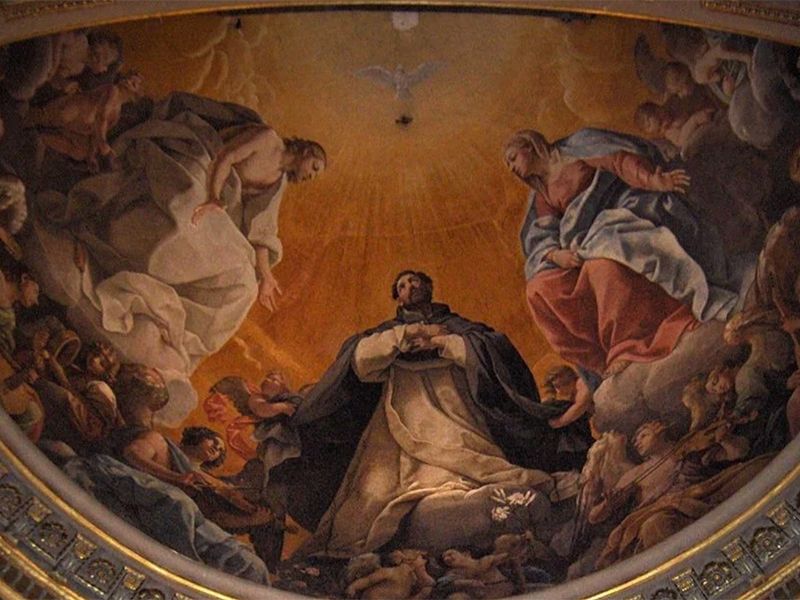
Home of the oldest university in the world. The university is one reason St. Dominic very quickly founded a Dominican convent in Bologna. The cell where St. Dominic died, his tomb, and his skull are found in the Basilica of San Domenico.
Roccasecca
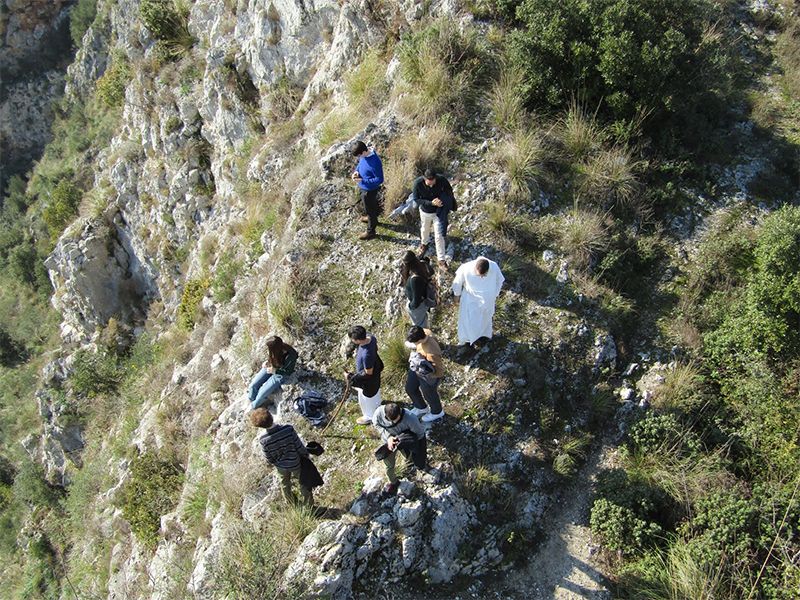
The birthplace of St. Thomas Aquinas. Walk up the tower where he was imprisoned by his family to try to keep him from becoming a Dominican friar.
Orvieto
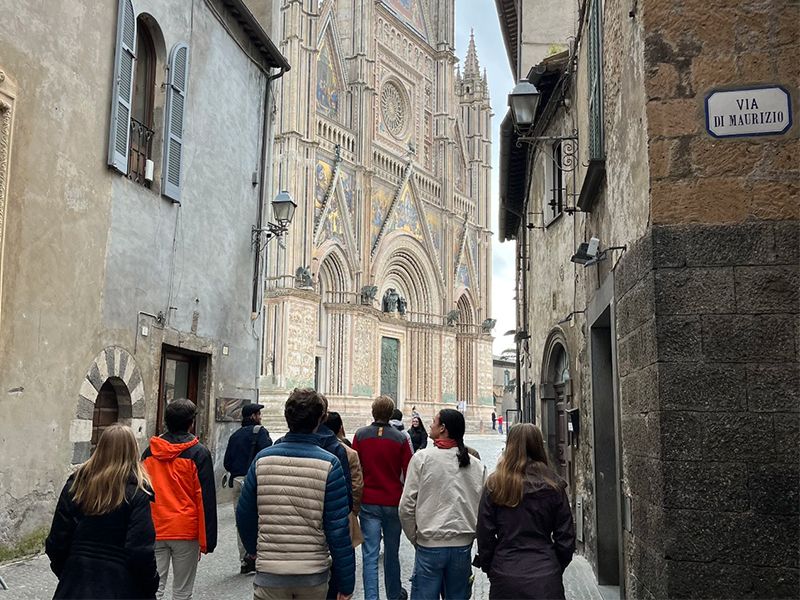
See the reliquary of the blood-stained corporal of the Eucharistic Miracle of Bolsena (1263), which led to the institution of the Feast of Corpus Christi, in the Cathedral of Orvieto. Orvieto is a well-preserved, small medieval town with plenty of things to explore through the cobbled streets, including San Domenico where St. Albert the Great and St. Thomas Aquinas both lived for a time.
Montepulciano
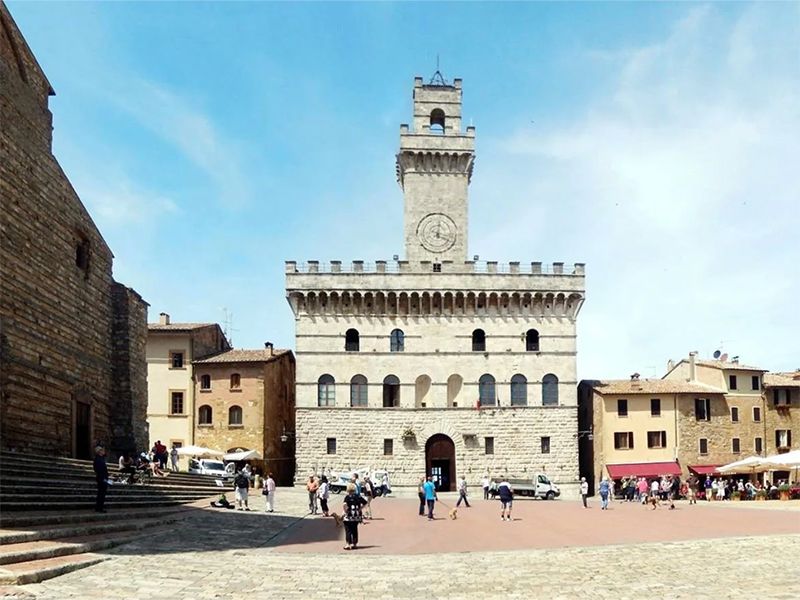
A medieval, hilltop town in Tuscany where you will tour the winemaking operation for the Vino Nobile de Montepulciano. In addition, you will visit the famous Renaissance church of St. Biago and the incorrupt body of St. Agnes of Montepulciano, a Dominican prioress, at the monastery she founded in Montepulciano.
Fossanova
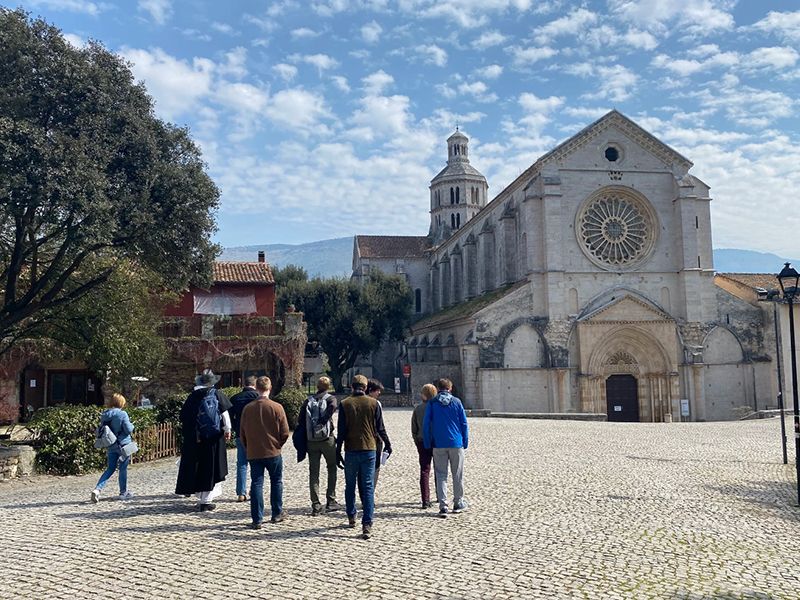
The abbey at Fossanova is where St. Thomas Aquinas died on his journey to an ecumenical council. His original tomb is still in the abbey from before his body was moved. The church is an example of Cistercian architecture, being both beautiful and austere. The acoustics in the church are remarkable, so take the opportunity to sing, if possible when you visit.
Pienza
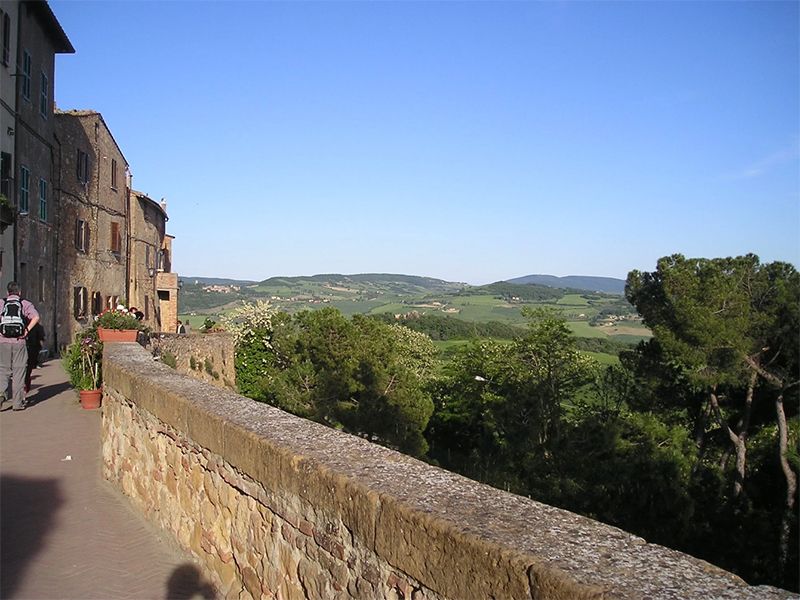
The birthplace of Pope Pius II, who, as pope, rebuilt the town according to humanist Renaissance ideals to be a retreat from Rome, serving as his summer residence. The city became the model for other renaissance cities.